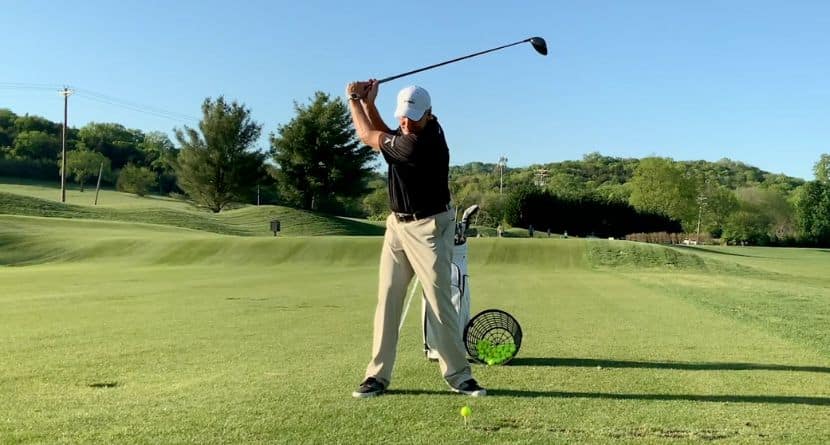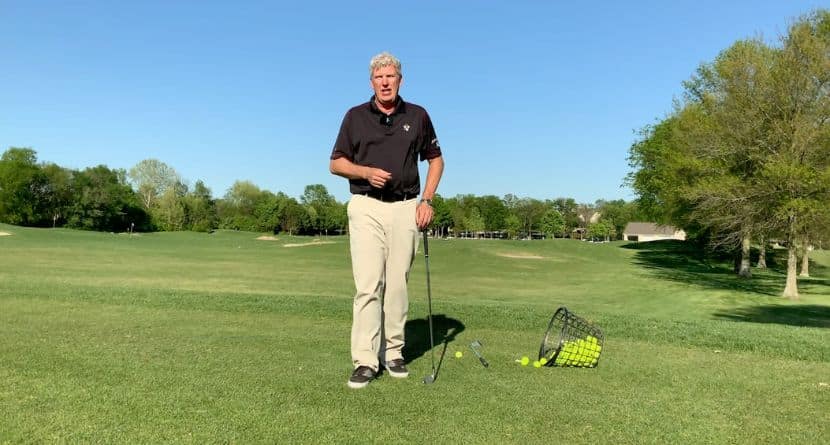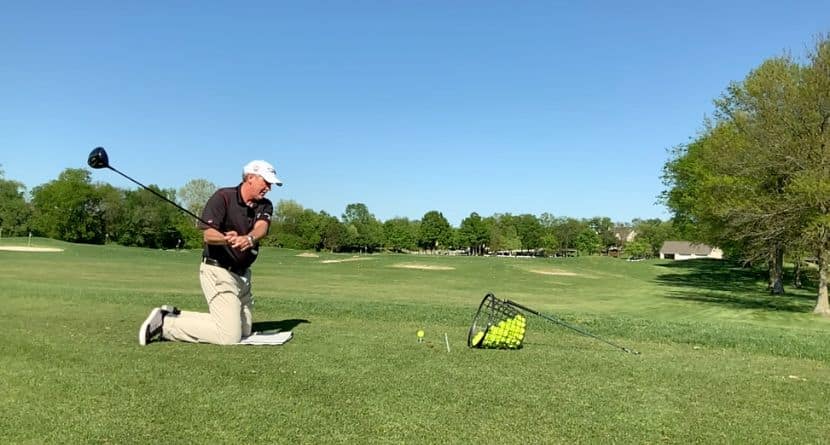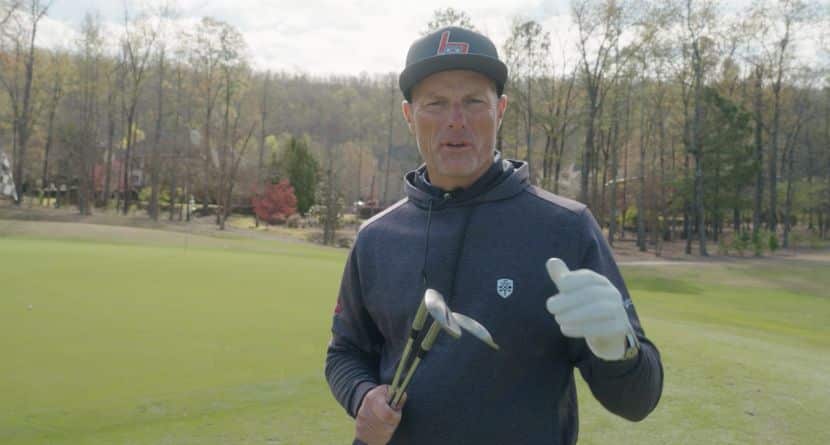It’s hard to believe, but it’s that time of year again: best of the year list season is upon us. With fewer than 10 Tiger Tuesdays remaining before Christmas, we’re counting down Tiger Woods’ 10 best shots of the previous season and how you can implement his shot types into your own game with PGA Professional and SwingU instructor Aaron Ungvarsky’s help
The next shot in our countdown of Tiger’s top shots of 2018 brings us to this towering 3-wood. Woods played into the par-5 perfectly, blistering a his fairway wood on the 9th hole of the second round of the Hero World Challenge. The shot was launched directly up and still carried the 270 yards to the flag.
So why do amateurs struggle to get their 3 wood airborne while pros and skilled amateurs can flight the same club with the trajectory of a low and mid-iron? The answer is in understanding the proper swing motion and ideal impact position. Even though the fairway wood looks more like a driver than an iron, it is actually best to play it like a mid or long iron from the turf.
When beginners and high handicappers look at how little loft a fairway wood has, they naturally start to swing in a manner to help the ball up. This is so counterproductive and the results are so bad most players just choose not to correct the mistake and just leave the 3-wood in the bag as a headcover holder or relegate the club to the trunk. But before doing that, take some time to learn from how the best play fairway woods from tight lies.
Watch as Tiger stays down, extends through impact, and takes a small divot. This slight descending path is the key to launching the ball high. Hitting down is essential to the ball going up; simple physics.
A sweeping motion works to hit a lower, piercing wood off the fairway because the 13 to 15 degrees of loft are impacting the center or slightly below center on the ball on the level path. By hitting down and pinching the ball into the turf, the dynamic loft of the club is increased, which adds spin and launch to the impact conditions, ultimately flighting your fairway wood on a pro trajectory.
The pitfalls to avoid when trying to hit a higher fairway wood are lifting or helping the ball in the air — the loft on the club is plenty — hanging back and not turning through impact to a full finish, which alters the low point and contact, and over-swinging, which commonly causes a reverse pivot and topped/thin shots.
This is still one of the harder shots in golf to execute, but with some understanding of how your body and club should move during the swing, you can take steps to practice and work the shot into the bag.












